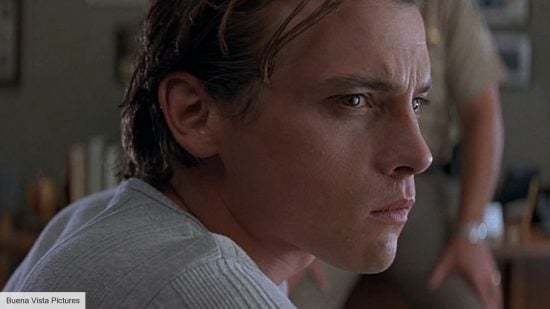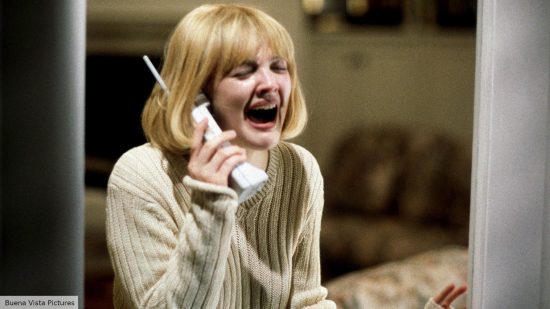Is Scream based on a true story? Directed by horror maestro Wes Craven and written by one of Hollywood’s most inventive screenwriters, Kevin Williamson, the 1996 slasher is a classic for good reason. Its innovative, biting script and reinvention of tropes using meta-commentary make it stand the test of time, even if we’re, like, a million movies in, now. but something you might not know about the original movie is how a grisly true crime story inspired Williamson’s script.
Scream tells the story of Sidney Prescott (Neve Campbell), final girl extraordinaire and basically invincible at this point, as she is hunted down by a playful killer dubbed Ghostface. Scream movies always involve a good mystery, because part of the formula is pointing fingers at different characters who may be the knife-wielding murderer.
The horror movies in this franchise play like gory whodunnits with splashes of colour in the form of satirising other slasher movies and occasional camp humour — particularly with the Emma Roberts reveal in Scream 4. But, in not-so-fun news, one element of the movie was inspired by a real-life serial killer.
The Tubi documentary Lights, Camera, Murder: Scream details the crimes of the Gainesville Ripper, real name Danny Rolling, and how they inspired Williamson’s iconic killer, Ghostface — one of the best movie villains from 90s movies.
Active from 1989 to 1990, Louisiana-born Rolling killed eight people, four of his victims were students at the University of Florida. The six-foot-two man, who had also spent time in the military, also reportedly spied on women in their homes. You can see the pieces here starting to fit together for some of the chillier elements of Scream.

Williamson apparently learned of Rolling’s crimes (via Den of Geek) through a TV programme and got creeped out while watching, eventually calling a friend for some comfort. Whatever the igniting incident, Williamson felt some of the details made a good launching pad for a slasher story.
Perhaps some of that inspiration went into creating Scream’s most iconic scene to date — the Drew Barrymore opener that pulled the rug out from audiences’ feet, where she answers a cold call from a stranger who speaks the famous line “Do you like scary movies?”.
The home invasion element of the original Scream is also of note because Rollings attacked his victims in their living spaces, his torment beginning in 1989 when he broke into the home of 24-year-old Julie Grissom, murdering her and two others.
In Scream, the killers have connections to a local police officer, Dewey, through their friend group. This likely is just coincidental, but Rollings had a connection to law enforcement too — his father was a police officer, who he shot.
The most compelling cross between real life and the fiction of the movie, however, is how Williamson utilised true aspects of Rolling’s defence in court. The murderer’s team claimed he could not differentiate between movies and reality, and that TheExorcist III had pushed him over the edge. This bit of trivia relates to the third act killer, or more accurately killers, reveal in Scream where Stu Macher and Billy Loomis are monologuing about their reasons for striking the Scream cast‘s characters.
With the Billy line, “Now, Sid, don’t you blame the movies. Movies don’t create psychos. Movies make psychos more creative.”, Williamson seemed to playfully reject the idea of movies being to blame for serial killers, a notion that rings of the satanic panic in response to DnD that inspired season 4 of Stranger Things, or the investigations into how violent video games affect developing minds.
According to the Shreveport Times, Rollings was found guilty on five counts of murder and was sentenced to death in 1994 before being executed in 2006, his defence failing in part due to several psychiatrists testifying that Rolling suffered from a disorder, but that he was fully aware of what he was doing when he committed his crimes.
On a more positive note, an appreciated response in the face of the harsh reality of the victimisation of real women is how Williamson, Craven, and Campbell crafted Sidney. She’s an empowered final girl that towards the end of the movie unleashes revenge on the killers and winds them up with insults and patronisation.

So, there you have it. We’re six movies deep into the world of Scream now, and different entries have had more of a fun and fully fictional foundation, such as the wonderfully silly Scream 4.
If you’re looking forward to the Scream 6 release date, find out how to watch Scream 5 before the big day, and our answer to why is Sidney not in Scream 6. Or, see what other new movies are coming out soon.
